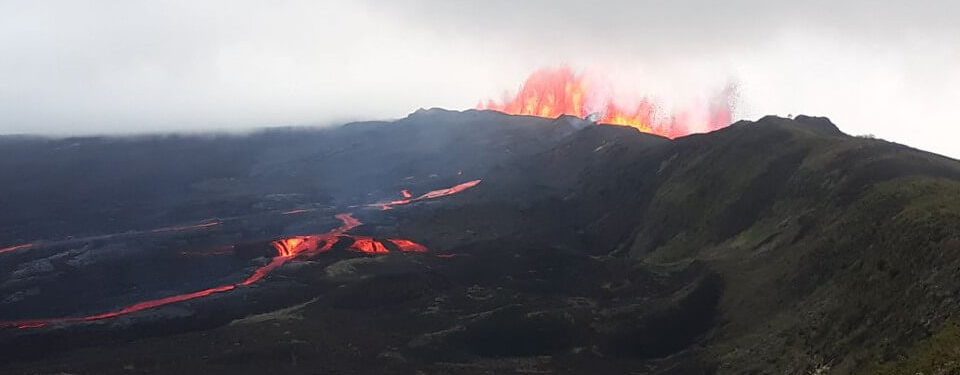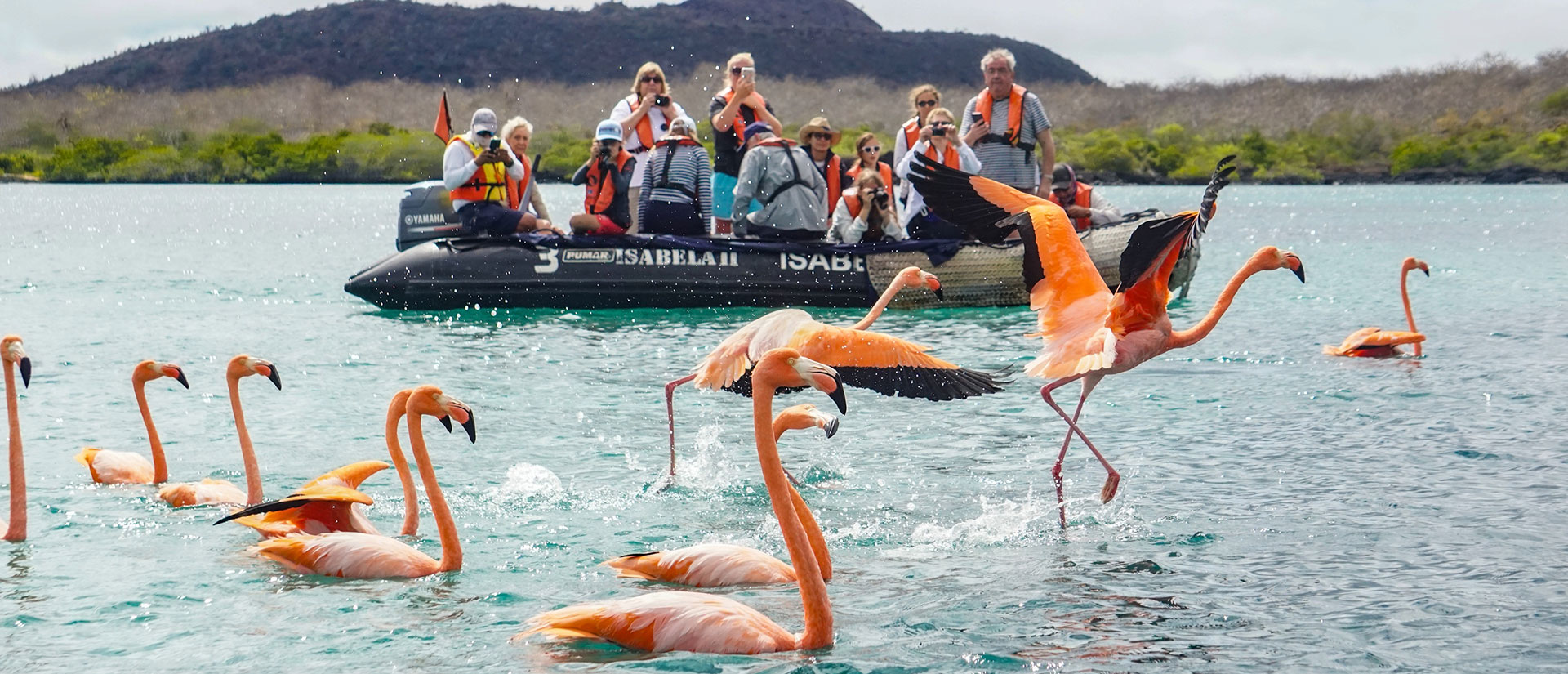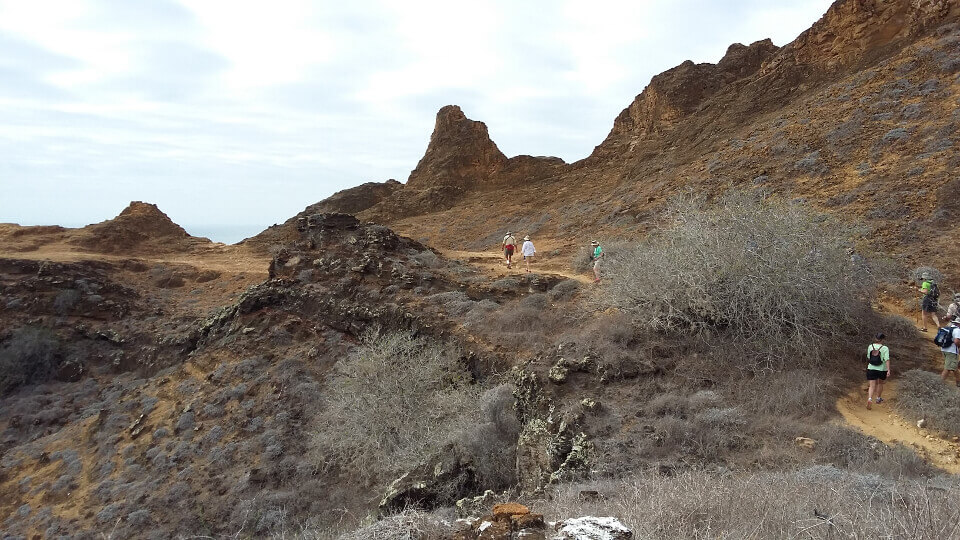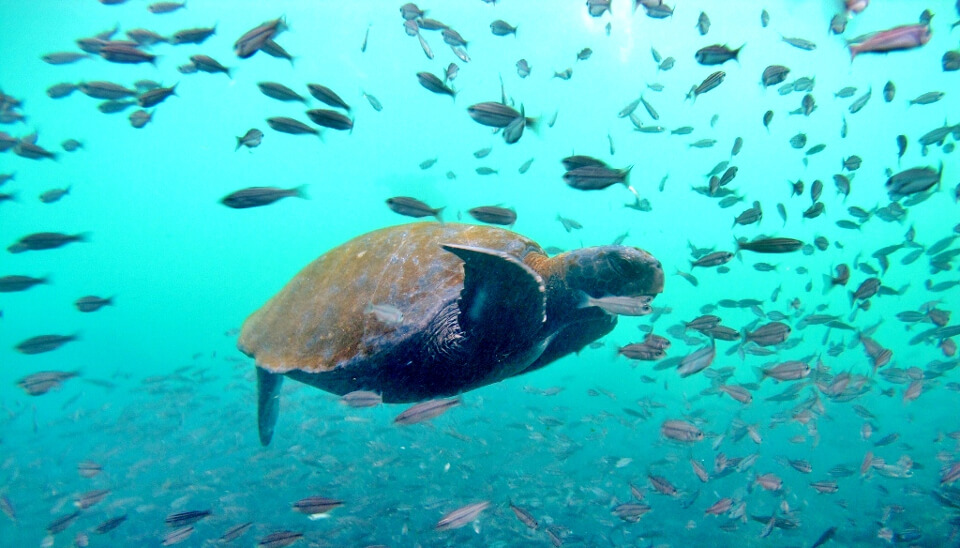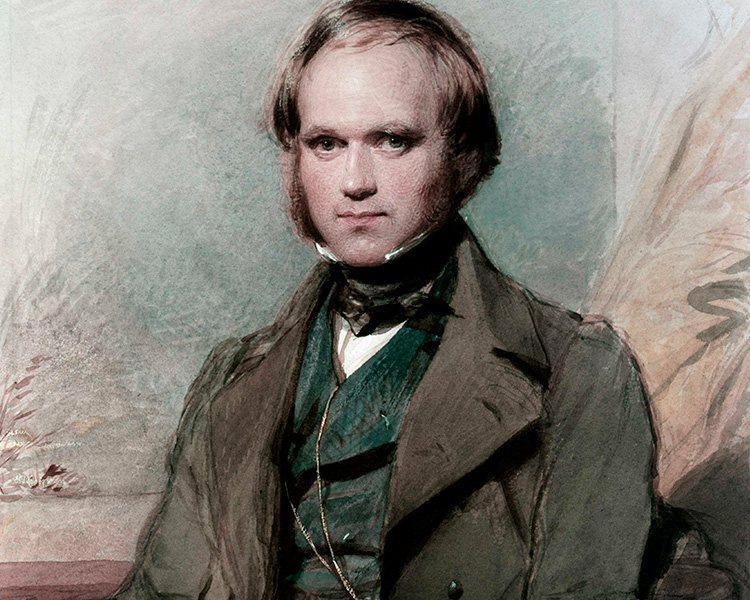
Undoubtedly, the HMS Beagle’s trip ranks among the most fascinating and distinctive maritime adventures in history. It was special not just because Charles Darwin was traveling with them, but also because these intrepid sailors were barely in their mid-20s and accomplished a great deal. Let’s get fundamentals first: The HMS Beagle was a cartography expedition tasked with charting extremely remote locations, including Tahiti, Cape Horn, the Galápagos Islands, and the rarely visited west coast of South America. It had nothing to do with a natural history collecting journey. The trip’s main objective was to determine whether certain locations, such as the Galapagos Islands and its whaling potential for the British economy, might be economically feasible. In her amazing maritime career, the HMS Beagle completed three voyages: 1826–1830, 1831–1836 (during which Charles Darwin was on board), and 1837–1843.
What was the nature of the interaction between Charles Darwin and Captain Robert Fitzroy?
Robert Fitzroy, a British aristocrat, lived from 1805 until 1865. His father was England’s fourth great-grandson, Charles II. Due to his early participation in the Royal Navy and his aptitude as a young mathematician, he was highly recognized by the senior Admiralty and was given early high duties. At the tender age of 19, Captain Fitzroy became the first student in history to get a Lieutenant degree with a perfect score on all full-number exams. He eventually rose to the rank of Royal Navy’s top scientist and became an expert in meteorology. The Fitzroy Barometer, a tool that modern weathermen use for predicting, is really one of his greatest inventions. For the HMS Beagle’s second voyage, he was granted complete command.
A clergyman, Charles Darwin had a deep interest in taxidermy and geology, as well as a particular fondness for the great outdoors. He had acquaintances who were also acquainted with Captain Fitzroy. Fitzroy’s early networking allowed him to approach renowned and esteemed botanist John Henslow about accompanying him on the Beagle’s second voyage. Charles Darwin was soon proposed as a more suitable candidate for the role, and it appears that Henslow’s wife was the reason behind his exclusion from the expedition. When Fitzroy and Darwin did eventually get together, they decided on Darwin’s unpaid post aboard. However, because Darwin did not hold a degree in science, he was only allowed to go with the Captain as a guest and not as the HMS Beagle’s official naturalist.
After five weeks in the Galapagos, journey to Tahiti!
The HMS Beagle arrived in the Galápagos on September 15, 1835, having sailed from the port of Callao in Perú. Charles Darwin had surveyed the islands, islets, rocks, and rocky coastlines extensively before bringing on a colossal amount of cargo, which included hundreds of handwritten notes and rocks, bones, feathers, and skins, along with some live animals. Darwin saw the islands as a dream come true, yet Captain Fitzroy’s objective had nothing to do with the islands’ distinctive animals, scenery, etc. Darwin waited calmly until one of the boats would carry him and a few crew members ashore, even though Fitzroy usually signaled his survey boats first.
Take one of our excursions to the Galapagos and relive Charles Darwin’s incredible adventure!
View all of the excursions we have available!
Written by Francisco “Pancho” Dousdebés

